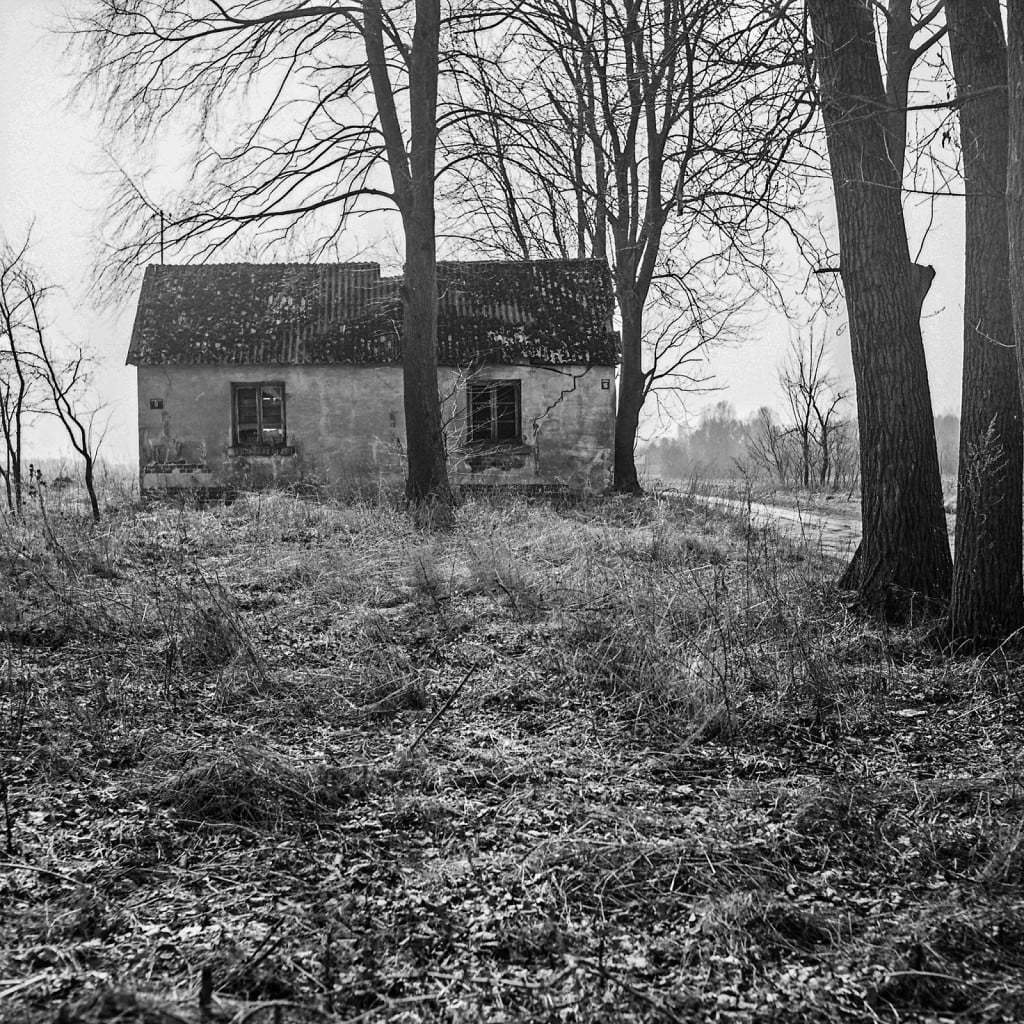Eastern Poland in the photography of Maciej Sztorc

Looking at the photographs Maciej Sztorc sent to us, my first thought was to remember a saying by Andrzej Jerzy Lech: "the most important thing for your camera is what is 15 meters away from it."
The meaning, and therefore the implications of this phrase, are so capacious and extensive that in developing them one could write many a dissertation. One of them, for example, is the postulate that a photographer living here and now in this place, and not in another, should have his eyes wide open to what he sees and experiences every day. This is a postulate from the field of ethics, the photographer's duty: be a documentarian of the place where you live, because, after all, no one from the other end of the globe will come here to do it for you. Even if you live in a tourist attraction, where strangers come every day, and some of them take pictures, only you are able to capture some phenomena and sights, such as weather, because you are almost always here, and they must be exceptionally lucky to hit something special.

Maciej Sztorc does not live in a special place from a tourist point of view, that is, not many photos of newcomers are created there. For him it doesn't matter at all. He sees great value in the seemingly ordinary, yet unusual places of the Polish East. Or perhaps he has a premonition that many of the buildings that were built in the People's Republic of Poland and earlier will soon disappear, so it is simply necessary to record on photographic film what is still there while it is?
Looking at Maciej Sztorc's photos is a trip into the past of this part of Poland, it's like stepping back in time, a little with disbelief (that those times are still going on) and a little with nostalgia (that the old times weren't as bad as we sometimes think). Poland's east abounds in the kind of buildings we see in Sztorc's photos, but after all, plenty of new buildings are also being built there all the time, so we can't say that the image of Poland's east built by the Lublin-based documentary filmmaker is a true picture of that part of our country. Besides, this is not what the photographer intended. I have the impression that Sztorc is more concerned with saving from oblivion, with commemorating that this is what a certain place on Earth looked like in the third decade of the 21st century. Praise be to him for this, because in a "few" years, no one will take such photographs anymore.

What Maciej Sztorc writes about himself and his photographic work:
Maciej Sztorc - Born in 1981 in Lublin, his photography is centered around a document describing the contemporary face of eastern Poland. He creates using traditional silver technique. His works have been exhibited, among others, at the "Grodzka Gate-The NN Theater" Center in Lublin/Gallery NN; Youth House of Culture No. 2 in Lublin/Gallery After 111 Stairs; Skansen in Holi. In 2017, he received the occasional award of the Mayor of the City of Lublin "for achievements in artistic creativity and dissemination of culture." In preparation project "Rubezh" - a documentary journey through the eastern borderlands of Poland - the project is intended to be prepared on 35mm film with prints in the traditional silver technique.
And what do you think of Maciej Sztorc's photographs - we encourage you to comment below. The author and we in the editorial team will be grateful for any comments, as much for criticism as for praise. We welcome your comments.








4 Komentarzy
mbonk
Very cool topic. Not everyone knows how to photograph seemingly ordinary things, I guess it requires honesty. I hope :)
retros
For a couple of years now I have been seeing pictures by Maciej Sztorc who photographs these often sad, gloomy , but also nostalgic objects, places. Not all of them work on me, but there are quite a few that you can look at longer.
Jurek
Generally poor snaps after artistic and compositional aspects!
Waldemar Sliwczynski
I like them